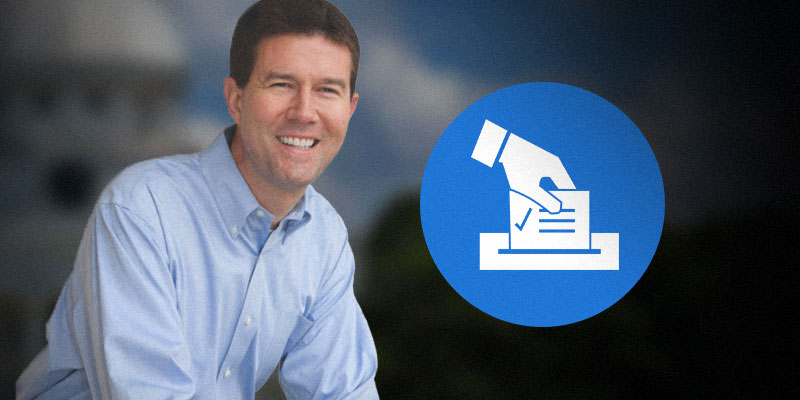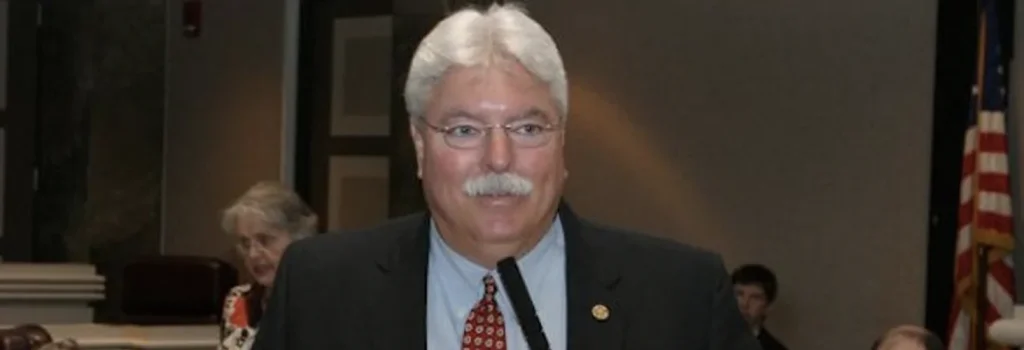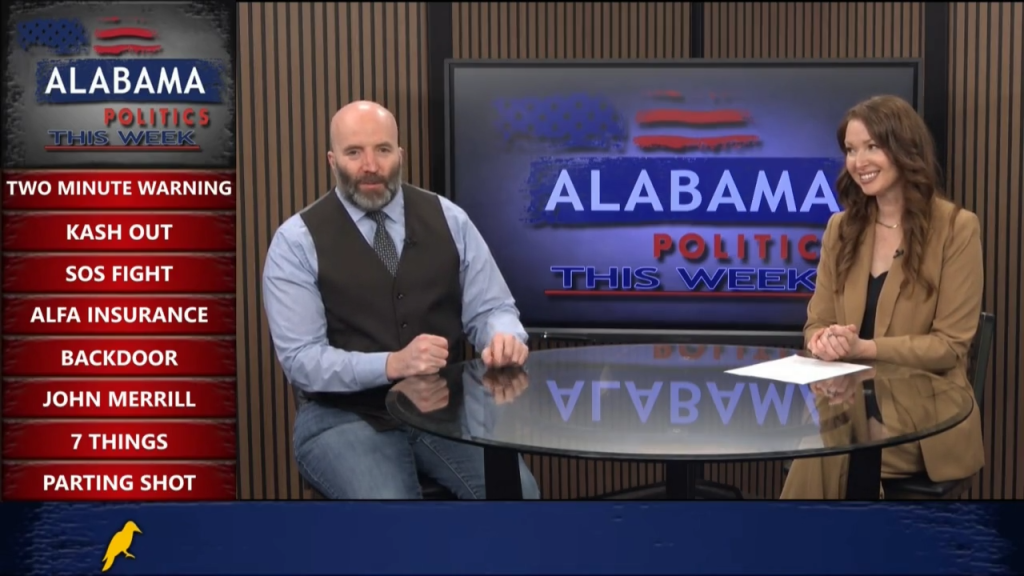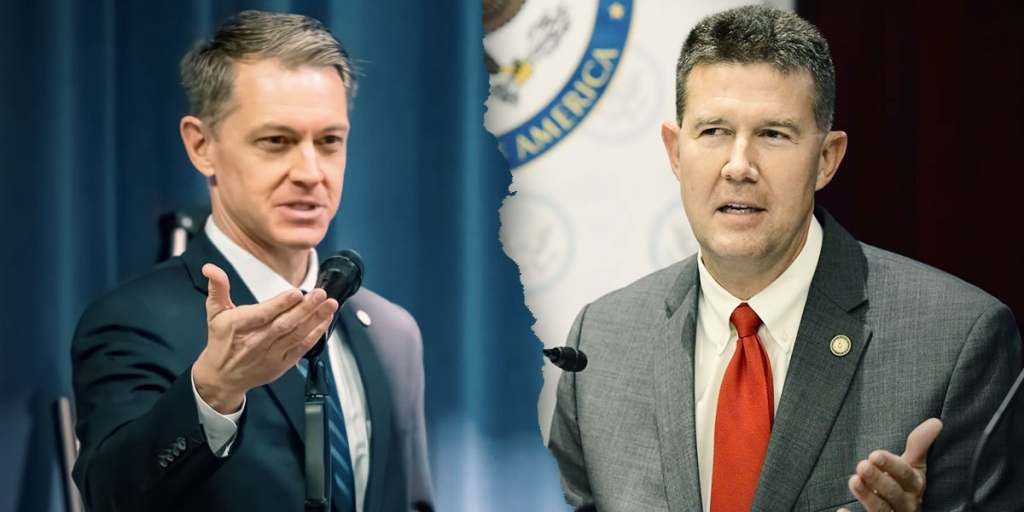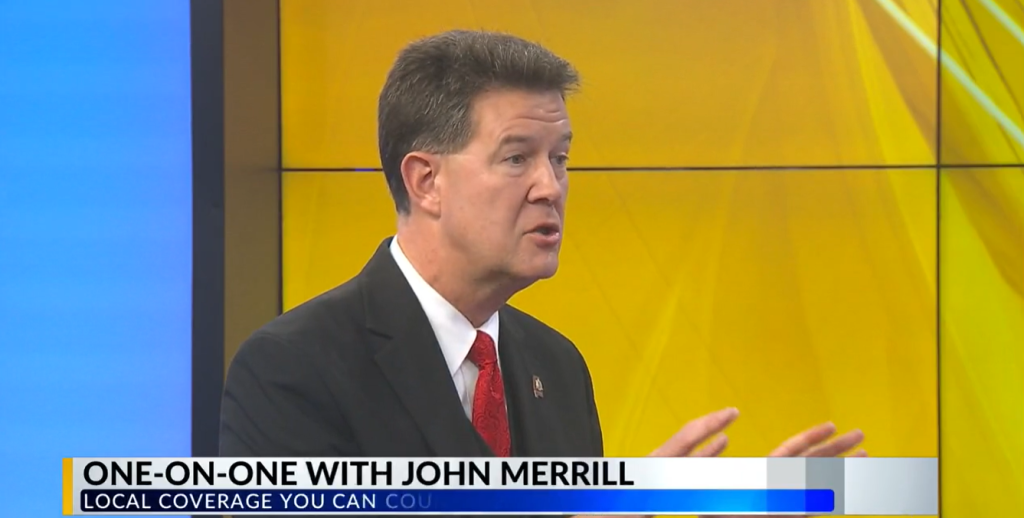The office of Secretary of State published on Monday four plain language summaries of each statewide constitutional amendment to be presented before voters in November.
The summaries were developed by the state’s Fair Ballot Commission, an agency composed of top state officials and private citizen-appointees, which is authorized by state law “to provide to the public a fair and accurate explanation of what a vote for and what a vote against a statewide ballot measure represents.”
“The work of the Fair Ballot Commission is one of the most important tasks that is performed by any agency of state government, because their work helps to simplify the communication that’s required for the voter to be able to more clearly understand what the intended result of the passage of that amendment would be,” Secretary of State John Merrill told Yellowhammer News, explaining the commission’s deliberations as very democratic.
“People bring up different points, and they say ‘this is the reason I feel the way I do,’ and other people make counter points,” Merrill said.
Here are the amendment summaries:
Amendment 1 – Under current law, the state constitution contains no language related to the display of the Ten Commandments.
Amendment 1 does two things. First, it provides that a person is free to worship God as he or she chooses, and that a person’s religious beliefs will have no effect on his or her civil or political rights. Second, it makes clear that the Ten Commandments may be displayed on public property so long as the display meets constitutional requirements, such as being displayed along with historical or educational items. Amendment 1 also provides that no public funds may be used to defend this amendment in court.
If a majority of voters vote “Yes” on Amendment 1, the state constitution will provide that a person is free to worship God as he or she chooses and that a person’s religious beliefs will have no effect on his or her civil or political rights. It will also provide that the Ten Commandments can be displayed on public property so long as the display meets constitutional requirements, such as being displayed along with historical or educational items.
If a majority of voters vote “No” on Amendment 1, no language related to the display of the Ten Commandments would be included in the state constitution.
There is no cost for Amendment 1. No public funds may be used to defend this amendment in court.
The Constitutional authority for passage of Amendment 1 is set forth in Sections 284, 285 and 287 of the State Constitution. These sections outline the way a constitutional amendment may be put to the people of the State for a vote.
Amendment 2 – Under current law, the state constitution does not include any language that directly relates to the importance of unborn life or the rights of unborn children, nor does it include any language that directly relates to abortion or the funding of abortions using state funds.
Amendment 2 provides that it would be the public policy of the state to recognize and support the importance of unborn life and the rights of unborn children, including the right to life; and to protect the rights of unborn children. Additionally, the amendment would make clear that the state constitution does not include a right to abortion or require the funding of an abortion using public funds.
The proposed amendment does not identify any specific actions or activities as unlawful. It expresses a public policy that supports broad protections for the rights of unborn children as long as the protections are lawful.
If a majority of voters vote “Yes” on Amendment 2, the public policy of this state will be to support and protect the importance of unborn life and the rights of unborn children. The state constitution would also not include a right to an abortion or to the funding of an abortion using public funds.
If a majority of voters vote “No” on Amendment 2, there would be no language in the state constitution related to the importance of unborn life or protecting the rights of unborn children, or to abortion or the funding of abortions using public funds.
There is no cost for Amendment 2.
The Constitutional authority for passage of Amendment 2 is set forth in Sections 284, 285 and 287 of the State Constitution. These sections outline the way a constitutional amendment may be put to the people of the State for a vote.
Amendment 3 – Under current law, the University of Alabama Board of Trustees is composed of 16 people: three members from the congressional district in which the Tuscaloosa campus is located, two members from each of the other six congressional districts in the state, the Governor, and the State Superintendent of Education. So, if the number of congressional districts in Alabama increased or decreased in the future, the number of trustees would also increase or decrease. Additionally, other than the Governor and the State Superintendent of Education, current law requires a trustee to retire from the board following his or her seventieth birthday.
Amendment 3 does three things. First, it provides that the board will be composed of members from congressional districts as those districts existed on January 1, 2018, meaning any future changes to the number of congressional districts in Alabama would not impact the number of board members. Second, it removes the State Superintendent of Education from automatically having a seat on the board. Third, it allows a trustee to serve after his or her seventieth birthday.
If a majority of voters vote “Yes” on Amendment 3, future changes to the number of congressional districts in Alabama will not impact the number of board members, the State Superintendent of Education will no longer automatically be a member of the board, and trustees will be allowed to serve on the board after their seventieth birthday.
If a majority of voters vote “No” on Amendment 3, future changes to the number of congressional districts in Alabama will impact the number of board members, the State Superintendent of Education will continue to automatically have a seat on the board, and trustees will not be allowed to serve on the board after their seventieth birthday.
There is no cost for Amendment 3.
The Constitutional authority for passage of Amendment 3 is set forth in Sections 284, 285 and 287 of the State Constitution. These sections outline the way a constitutional amendment may be put to the people of the State for a vote.
Amendment 4 – Under current law, members of the state legislature are elected to four-year terms of office that begin and end on Election Day in November. This four-year period is known as a quadrennium. When a person who was elected to serve in the state legislature is unable to complete his or her term, a vacancy is created. When this vacancy occurs, the Governor is required to schedule a special election. The winner of the special election fills the vacancy for the rest of the term.
Amendment 4 provides that when a vacancy occurs in the state legislature on or after October 1 of year three of the four-year term, the seat will remain vacant until the next general election, which occurs in November of the fourth year of the term. The Governor would no longer have the power to schedule a special election to fill a vacancy in these circumstances, and public funds that would have been spent on the special election would be saved.
If a majority of voters vote “Yes” on Amendment 4, state legislative seats that become vacant within the final 14 months of the four-year term of office will remain vacant until the general election.
If a majority of voters vote “No” on Amendment 4, the Governor will continue to be required to schedule a special election whenever a vacancy occurs in the state legislature.
There is no cost for Amendment 4.
The Constitutional authority for passage of Amendment 4 is set forth in Sections 284, 285 and 287 of the State Constitution. These sections outline the way a constitutional amendment may be put to the people of the State for a vote.
The official language of each amendment, as well as information about its sponsor, can be found here.




